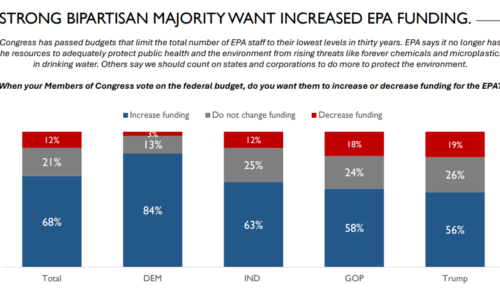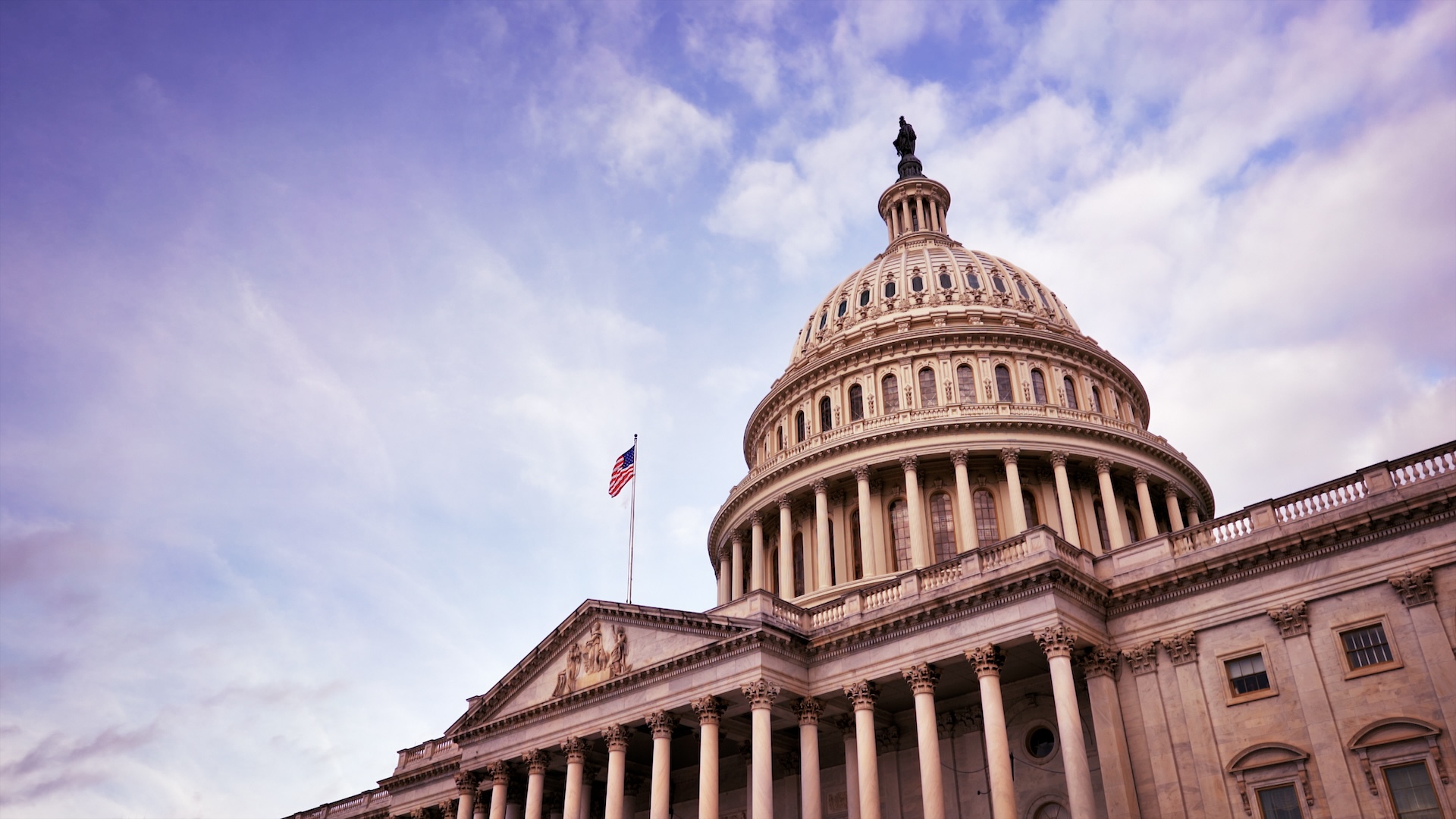The housing affordability crisis in the United States is particularly hard for renters. Nearly half of American renters—and over 56% of Black renter households—spend more than 30% of their income in rent. And throughout the country, our longstanding housing shortage and affordability crisis are coming into closer and closer contact with the climate crisis. The United States is short 7.3 million affordable rental homes for those with the lowest incomes—and this summer’s extreme weather and climate disasters have damaged or destroyed many affordable rental units, making them unavailable. The road ahead for all communities affected by fires, floods, and hurricanes this Danger Season is long.
Reducing the harm of eviction post-disaster
In the days and weeks after a disaster, the priority for all levels of government should be meeting people’s immediate needs and stabilizing communities. Households with the lowest incomes are often faced with the risk of losing housing: not only because of physical damage, but also because their livelihoods may be disrupted, making it impossible to pay rent. Some rental agreements will be cancelled after disasters because of damage to units that renders them uninhabitable. Recognizing that many may have lost their livelihoods and belongings in the disaster, in addition to being physically and mentally traumatized, it’s essential for local governments to issue a moratorium on housing evictions post-disaster. The hearing of eviction claims filed just before or after a disaster should not be considered an essential function of the court system. Given that children—particularly Black children—are the single most at-risk group for eviction, reducing the risk and harm of eviction filings now can sow the seeds for a more equitable recovery in the years ahead.
As response turns to longer-term recovery, landlords may see financial incentives to evict their tenants. After disasters, landlords may issue rent deals or lower income requirements in an effort to attract tenants to complexes that had to close for repairs. While this gets tenants in the door, eventually deals expire, disaster-associated housing assistance ends, and tenants can’t sustain an unaffordable rent, leading to eviction filings. An examination of eviction filings after Hurricane Harvey found that older, more affordable complexes with a history of flooding were the sites of increased eviction filings. Second, as was observed after the 2023 Maui wildfire, as disasters take units offline, landlords may see an opportunity to evict existing tenants and charge new renters higher rates.
Aside from immediate housing instability and public health impacts, evictions can affect renters for years to come, hurting their credit and limiting future housing opportunities by placing them on tenant blacklists.
Every state hit by disaster has the ability to request assistance from the federal government and enact its own emergency plan. As part of their emergency powers, governors may issue temporary moratoriums on evictions, as was done early in the COVID19 pandemic, and as many are urging North Carolina Governor Roy Cooper to do in the wake of Hurricane Helene. When hearings resume, courts must resist the urge to hold “rocket dockets”—hearing a high volume of eviction cases in a short period of time—and uphold their obligation to due process, allowing claims to be raised and evidence to be presented.
Renters disproportionately denied emergency aid and undercounted in long-term recovery
After a disaster, renters and homeowners alike are encouraged to submit applications to the Federal Emergency Management Administration (FEMA) for assistance to address what the federal government calls “unmet needs.” Unmet needs are disaster impacts that survivors aren’t able to address on their own, and are particularly challenging for those with the lowest incomes. Renters are more likely to be denied FEMA assistance than homeowners: according to FEMA’s own analysis of its almost five million aid applications from 2014-2018, poor renters were 23% less likely to receive assistance than wealthier homeowner applicants.
Renters and advocates in climate frontline states like Texas and New Jersey have been raising this issue in courts for over a decade. While FEMA has adopted a proposed rule to simplify the application process and reduce barriers to aid, it has yet to adopt changes that explicitly address the concerns of renters.
The harm caused by FEMA denials can reverberate for years. Data from successful FEMA applications are used by state and local governments to inform long-term recovery, including the development of new housing.
As recovery from this Danger Season’s disasters continues, local, federal, and state governments must design their response with renters in mind if they want to build long-term resilience and more equitable futures for millions of Americans. We must address the affordable housing crisis for renters through specific policies and investments to encourage building more rental units for the lowest-income families, and ensuring that they are both built to robust standards and located in areas that are more climate-resilient.
We also need a much more proactive, well-funded approach to climate resilience across the nation that goes well beyond post-disaster response and recovery. And we’ve got to make steep cuts in global heat-trapping emissions to limit how much worse fossil-fueled climate disasters get.

 2 weeks ago
37
2 weeks ago
37


